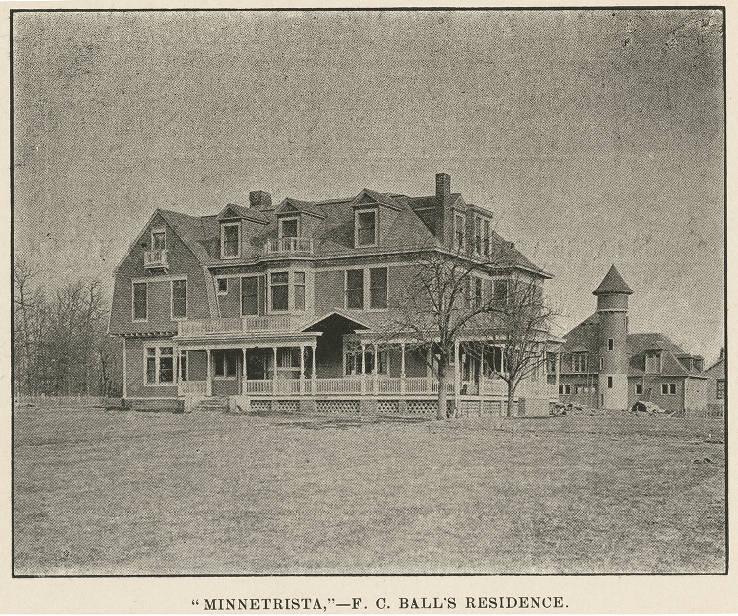(Mar. 17, 1855-Nov. 1, 1907). Born in Aurora (Dearborn County), Indiana, Louis Henry Gibson moved to Indianapolis in 1862 when his father, David Gibson, acquired what became known as the flour mill on West Washington Street.

Gibson attended Indianapolis public schools, graduated from North Western Christian University (later ), and apprenticed with Edwin Peckham, a local architect, for several years before graduating from the Massachusetts Institute of Technology (MIT) in 1874 with a degree in architecture. While at MIT, Gibson met the famous Chicago architect Louis Sullivan; Gibson’s brother described the two as “intimate friends.”
After traveling in Europe for 15 months, Gibson found employment in Boston before returning to Indianapolis in about 1878 and becoming a draftsman in the office of Edwin May. From 1880 to 1883, he briefly managed the Gibson Flour Mills on West Washington Street. Upon his father’s death, Gibson returned to architectural practice in partnership with Edwin Ketchum. By the late 1880s, he had established his own practice.
Gibson designed a number of important buildings in Indianapolis, including the original portion of Public School 38 (2050 North Winter Street) and the Law Building (136 East Market Street). purchased the Law Building in 1920. After Fifth Third Bank acquired Peoples in 1999, Stock Yards Bank and Trust subsequently occupied the building. In 2018, Everwood Hospital Properties invested in the property to convert for use as a hotel.
However, his most significant legacy is as an author and domestic architect. Gibson’s (1889) and (1895) are the only known nationally published building pattern books written by a Hoosier architect. In these two books, he advocated practical houses suited for middle-class families. Having been trained and educated on the East Coast during the formative years of the so-called Shingle Style, Gibson was influenced by the relative simplicity of this style, as reflected in both books.
His friendship with Louis Sullivan also influenced the florid style of surface ornament in his designs. Gibson introduced central Indiana to these new architectural trends. Unfortunately, his domestic work is poorly documented. His own house at 1636-40 North Pennsylvania Street illustrates a typical design from .

Help improve this entry
Contribute information, offer corrections, suggest images.
You can also recommend new entries related to this topic.

